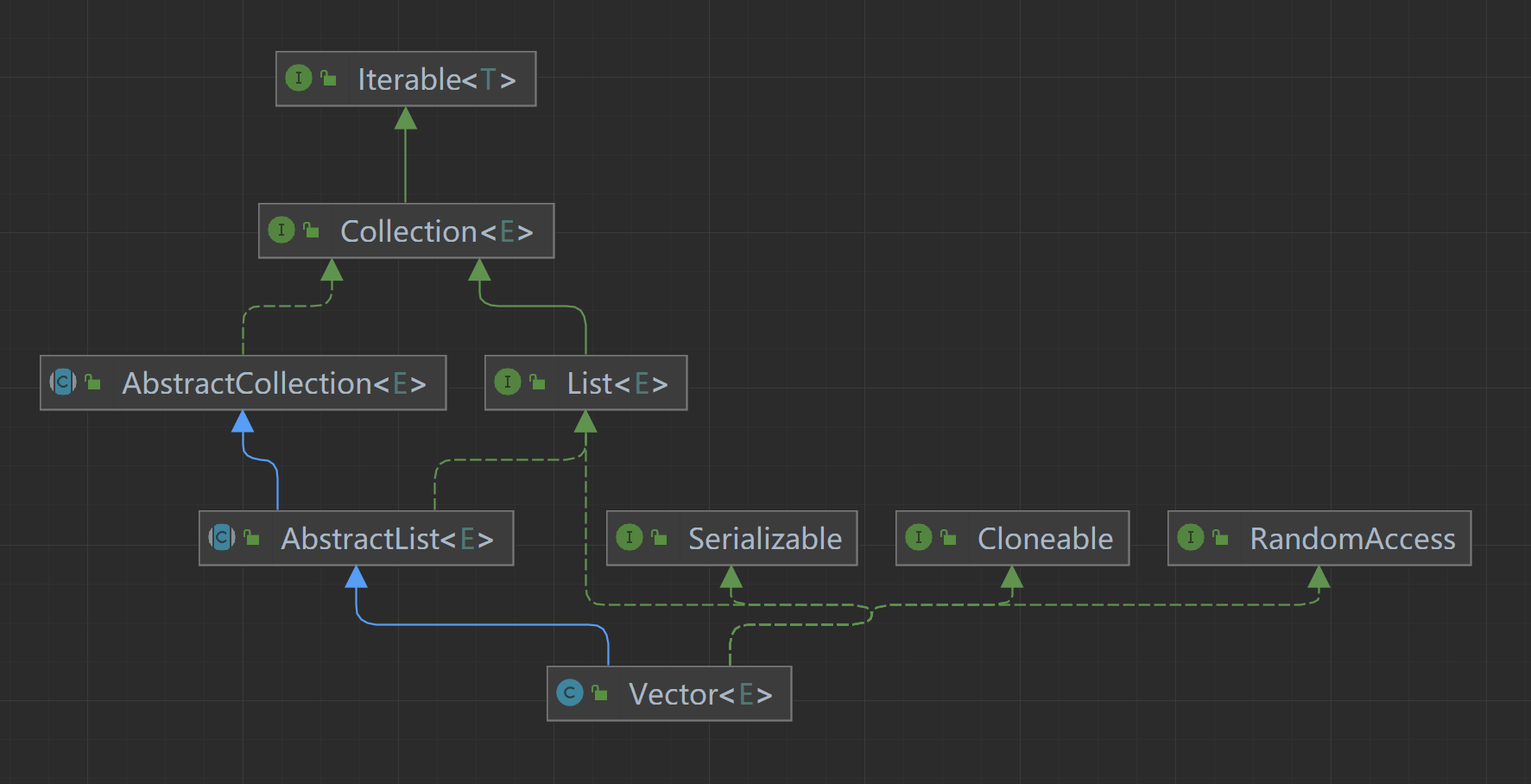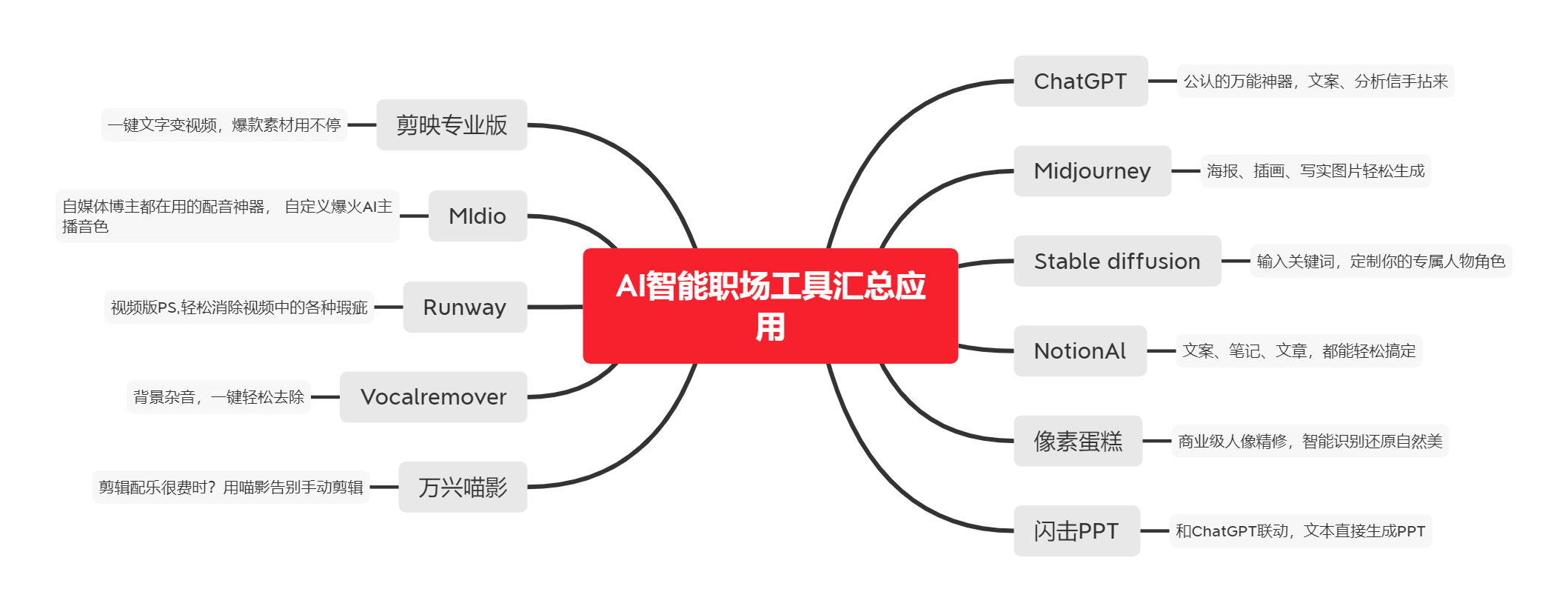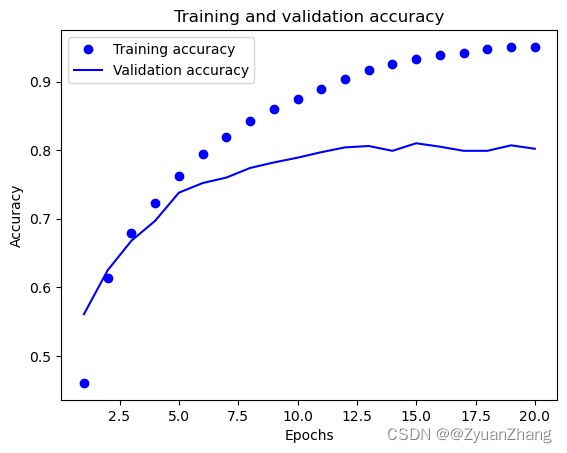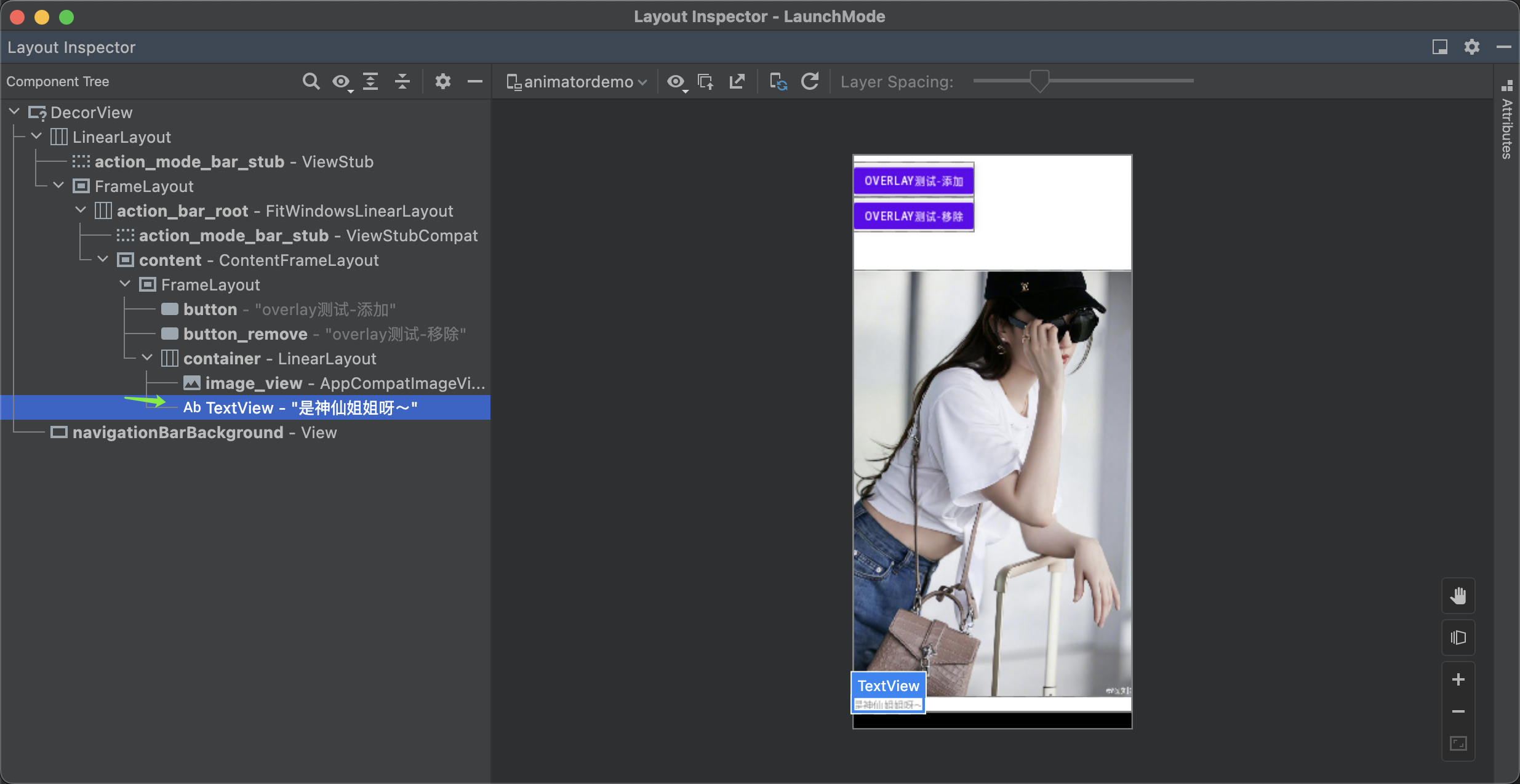介绍
- Vector是矢量队列,继承于AbstractList,实现了List, RandomAccess, Cloneable和Serializable接口
- Vector继承了AbstractList,实现了List接口,所以它是一个队列,支持相关的添加、删除、修改、遍历等功能
- Vector实现了RandomAccess接口,即提供了随机访问功能。在Vector中,我们可以通过元素的序号快速获取元素对象,这就是快速随机访问。
- Vector实现了Cloneable接口,即实现了clone()方法,可以被克隆
- 和ArrayList不同,Vector中的操作是线程安全的
public class Vector<E>
extends AbstractList<E>
implements List<E>, RandomAccess, Cloneable, java.io.Serializable

常量&变量
/**
* The array buffer into which the components of the vector are
* stored. The capacity of the vector is the length of this array buffer,
* and is at least large enough to contain all the vector's elements.
*
* <p>Any array elements following the last element in the Vector are null.
*
* @serial
* 数组缓冲区
*/
protected Object[] elementData;
/**
* The number of valid components in this {@code Vector} object.
* Components {@code elementData[0]} through
* {@code elementData[elementCount-1]} are the actual items.
*
* @serial
* 元素个数
*/
protected int elementCount;
/**
* The amount by which the capacity of the vector is automatically
* incremented when its size becomes greater than its capacity. If
* the capacity increment is less than or equal to zero, the capacity
* of the vector is doubled each time it needs to grow.
*
* @serial
* 容量增量 如果容量增量小于或等于零,则每次需要增长时,向量的容量将增加一倍。
*/
protected int capacityIncrement;
/** use serialVersionUID from JDK 1.0.2 for interoperability */
//序列化版本号
private static final long serialVersionUID = -2767605614048989439L;
/**
* The maximum size of array to allocate.
* Some VMs reserve some header words in an array.
* Attempts to allocate larger arrays may result in
* OutOfMemoryError: Requested array size exceeds VM limit
* 存储元素最大值
*/
private static final int MAX_ARRAY_SIZE = Integer.MAX_VALUE - 8;
构造方法
/**
* The amount by which the capacity of the vector is automatically
* incremented when its size becomes greater than its capacity. If
* the capacity increment is less than or equal to zero, the capacity
* of the vector is doubled each time it needs to grow.
*
* @serial
* 容量增量 如果容量增量小于或等于零,则每次需要增长时,向量的容量将增加一倍。
*/
protected int capacityIncrement;
/** use serialVersionUID from JDK 1.0.2 for interoperability */
//序列化版本号
private static final long serialVersionUID = -2767605614048989439L;
/**
* Constructs an empty vector with the specified initial capacity and
* capacity increment.
*
* @param initialCapacity the initial capacity of the vector
* @param capacityIncrement the amount by which the capacity is
* increased when the vector overflows
* @throws IllegalArgumentException if the specified initial capacity
* is negative
* 构造具有指定的初始容量和容量增量的空向量。
*/
public Vector(int initialCapacity, int capacityIncrement) {
super();
if (initialCapacity < 0)
throw new IllegalArgumentException("Illegal Capacity: "+
initialCapacity);
this.elementData = new Object[initialCapacity];
this.capacityIncrement = capacityIncrement;
}
/**
* Constructs an empty vector with the specified initial capacity and
* with its capacity increment equal to zero.
*
* @param initialCapacity the initial capacity of the vector
* @throws IllegalArgumentException if the specified initial capacity
* is negative
* 构造具有指定初始容量并且其容量增量等于零的空向量。
*/
public Vector(int initialCapacity) {
this(initialCapacity, 0);
}
/**
* Constructs an empty vector so that its internal data array
* has size {@code 10} and its standard capacity increment is
* zero.
* 构造一个空向量,使其内部数据数组的大小为 10 ,标准容量增量为零。
*/
public Vector() {
this(10);
}
/**
* Constructs a vector containing the elements of the specified
* collection, in the order they are returned by the collection's
* iterator.
*
* @param c the collection whose elements are to be placed into this
* vector
* @throws NullPointerException if the specified collection is null
* @since 1.2
* 构造一个包含指定集合元素的向量,按照集合的迭代器返回的顺序。
*/
public Vector(Collection<? extends E> c) {
Object[] a = c.toArray();
elementCount = a.length;
//c为ArrayList类型 直接赋值
if (c.getClass() == ArrayList.class) {
elementData = a;
} else {
//拷贝
elementData = Arrays.copyOf(a, elementCount, Object[].class);
}
}
内部类
参考ArrayList源码
添加
add(E e)
将元素插入到Vector末尾
/**
* Appends the specified element to the end of this Vector.
*
* @param e element to be appended to this Vector
* @return {@code true} (as specified by {@link Collection#add})
* @since 1.2
*/
public synchronized boolean add(E e) {
modCount++;
// 确定插入后的容量没有超过最大容量,否则对Vector进行扩容
ensureCapacityHelper(elementCount + 1);
// 将e赋值给elementData[elementCount],然后将Vector元素数量加1
elementData[elementCount++] = e;
return true;
}
add(int index, E element)
将元素插入到指定的index处
/**
* Inserts the specified element at the specified position in this Vector.
* Shifts the element currently at that position (if any) and any
* subsequent elements to the right (adds one to their indices).
*
* @param index index at which the specified element is to be inserted
* @param element element to be inserted
* @throws ArrayIndexOutOfBoundsException if the index is out of range
* ({@code index < 0 || index > size()})
* @since 1.2
*/
public void add(int index, E element) {
// 直接调用insertElementAt方法
insertElementAt(element, index);
}
insertElementAt(E obj, int index)
/**
* Inserts the specified object as a component in this vector at the
* specified {@code index}. Each component in this vector with
* an index greater or equal to the specified {@code index} is
* shifted upward to have an index one greater than the value it had
* previously.
*
* <p>The index must be a value greater than or equal to {@code 0}
* and less than or equal to the current size of the vector. (If the
* index is equal to the current size of the vector, the new element
* is appended to the Vector.)
*
* <p>This method is identical in functionality to the
* {@link #add(int, Object) add(int, E)}
* method (which is part of the {@link List} interface). Note that the
* {@code add} method reverses the order of the parameters, to more closely
* match array usage.
*
* @param obj the component to insert
* @param index where to insert the new component
* @throws ArrayIndexOutOfBoundsException if the index is out of range
* ({@code index < 0 || index > size()})
*/
public synchronized void insertElementAt(E obj, int index) {
modCount++;
if (index > elementCount) {
throw new ArrayIndexOutOfBoundsException(index
+ " > " + elementCount);
}
// 确定插入后的容量没有超过最大容量,否则对Vector进行扩容
ensureCapacityHelper(elementCount + 1);
// 使用System.arraycopy将elementData[index]及其之后的元素向后移动一个位置
System.arraycopy(elementData, index, elementData, index + 1, elementCount - index);
// 将obj赋值给elementData[index]
elementData[index] = obj;
// Vector元素数量加1
elementCount++;
}
删除
remove(int index)
删除指定index上的元素
/**
* Removes the element at the specified position in this Vector.
* Shifts any subsequent elements to the left (subtracts one from their
* indices). Returns the element that was removed from the Vector.
*
* @throws ArrayIndexOutOfBoundsException if the index is out of range
* ({@code index < 0 || index >= size()})
* @param index the index of the element to be removed
* @return element that was removed
* @since 1.2
*/
public synchronized E remove(int index) {
modCount++;
if (index >= elementCount)
throw new ArrayIndexOutOfBoundsException(index);
// 获取index处原先的值
E oldValue = elementData(index);
int numMoved = elementCount - index - 1;
if (numMoved > 0)
// 使用System.arraycopy将elementData[index]之后的元素向前移动一个位置
System.arraycopy(elementData, index+1, elementData, index,
numMoved);
// 将Vector最后一个元素设置为null(以便进行gc),然后将Vector元素数量减1
elementData[--elementCount] = null; // Let gc do its work
// 返回index处原先的值
return oldValue;
}
remove(Object o)
删除特定元素o
/**
* Removes the first occurrence of the specified element in this Vector
* If the Vector does not contain the element, it is unchanged. More
* formally, removes the element with the lowest index i such that
* {@code (o==null ? get(i)==null : o.equals(get(i)))} (if such
* an element exists).
*
* @param o element to be removed from this Vector, if present
* @return true if the Vector contained the specified element
* @since 1.2
*/
public boolean remove(Object o) {
// 直接调用removeElement方法
return removeElement(o);
}
removeElement
/**
* Removes the first (lowest-indexed) occurrence of the argument
* from this vector. If the object is found in this vector, each
* component in the vector with an index greater or equal to the
* object's index is shifted downward to have an index one smaller
* than the value it had previously.
*
* <p>This method is identical in functionality to the
* {@link #remove(Object)} method (which is part of the
* {@link List} interface).
*
* @param obj the component to be removed
* @return {@code true} if the argument was a component of this
* vector; {@code false} otherwise.
*/
public synchronized boolean removeElement(Object obj) {
modCount++;
// 获取元素obj的索引
// 根据indexOf的源码,若Vector中存在多个obj,将返回遍历Vector得到的第一个obj的索引
int i = indexOf(obj);
// 若元素obj存在
if (i >= 0) {
// 调用removeElementAt删除指定索引的元素
// removeElementAt方法与上面的remove(int index)方法基本一致
removeElementAt(i);
return true;
}
return false;
}
查找
get(int index)
获取指定index处的元素
/**
* Returns the element at the specified position in this Vector.
*
* @param index index of the element to return
* @return object at the specified index
* @throws ArrayIndexOutOfBoundsException if the index is out of range
* ({@code index < 0 || index >= size()})
* @since 1.2
*/
public synchronized E get(int index) {
if (index >= elementCount)
throw new ArrayIndexOutOfBoundsException(index);
// 直接调用elementData方法
return elementData(index);
}
修改
set(int index, E element)
修改index处的元素
/**
* Replaces the element at the specified position in this Vector with the
* specified element.
*
* @param index index of the element to replace
* @param element element to be stored at the specified position
* @return the element previously at the specified position
* @throws ArrayIndexOutOfBoundsException if the index is out of range
* ({@code index < 0 || index >= size()})
* @since 1.2
*/
public synchronized E set(int index, E element) {
if (index >= elementCount)
throw new ArrayIndexOutOfBoundsException(index);
// 获取index处原先的值
E oldValue = elementData(index);
// 将element赋值给elementData[index]
elementData[index] = element;
// 返回index处原先的值
return oldValue;
}
扩容
ensureCapacityHelper(int minCapacity)
确保容量
/**
* This implements the unsynchronized semantics of ensureCapacity.
* Synchronized methods in this class can internally call this
* method for ensuring capacity without incurring the cost of an
* extra synchronization.
*
* @see #ensureCapacity(int)
*/
private void ensureCapacityHelper(int minCapacity) {
// overflow-conscious code
// 当传入容量大于当前容量时,进行扩容
if (minCapacity - elementData.length > 0)
grow(minCapacity);
}
grow(int minCapacity)
扩容
private void grow(int minCapacity) {
// overflow-conscious code
// 获取当前容量
int oldCapacity = elementData.length;
// 当已达到上限时,直接修改为最大容量,否则修改为当前容量+设置的增长容量
int newCapacity = oldCapacity + ((capacityIncrement > 0) ?
capacityIncrement : oldCapacity);
if (newCapacity - minCapacity < 0)
newCapacity = minCapacity;
if (newCapacity - MAX_ARRAY_SIZE > 0)
newCapacity = hugeCapacity(minCapacity);
// 使用Arrays.copyOf方法将原数组元素复制到容量为newCapacity的新数组中
elementData = Arrays.copyOf(elementData, newCapacity);
}















